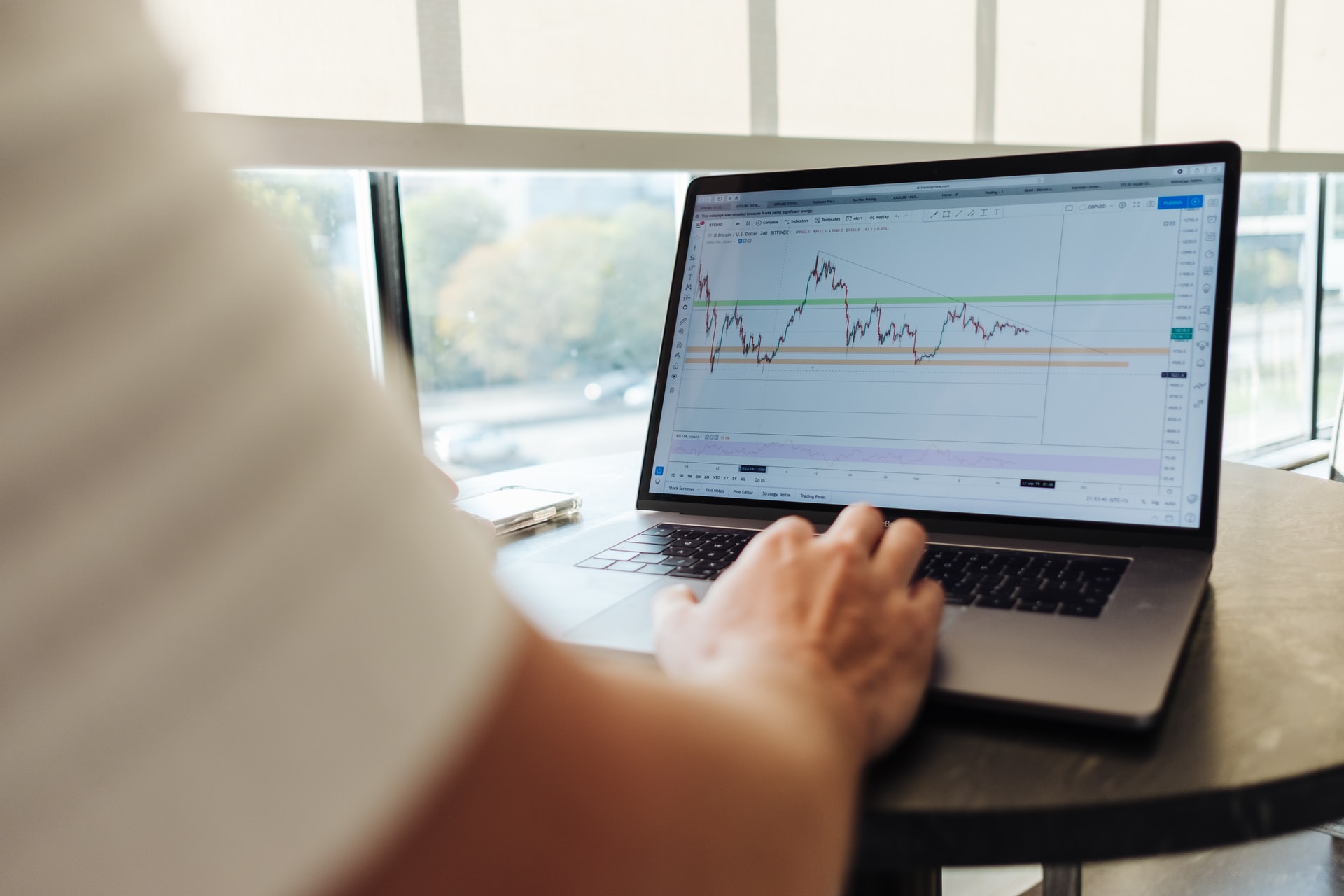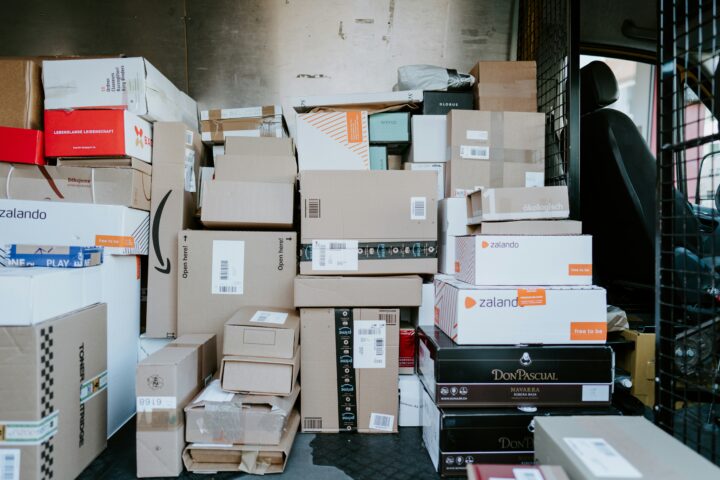
We generally prefer to trade with the trend, whether rising or declining. The least hazardous trend-following technique is usually the one that follows the movement of assets. According to estimates, most financial asset prices fluctuate up or down only half of the time. The rest of the time, prices move sideways; they’re swinging up and down in a tight range.
Use a CFD trading strategy that employs the apparent support and resistance levels limits in that scenario.
What are support and resistance levels?
Support level: the price at which the security does not appear to fall.
Resistance level: when the security does not rise.
Simple economic laws determine support and resistance. When the market is a seller’s market, the price will decline to such an extent that some sellers will no longer wish to sell because the profit isn’t adequate. Other traders will look to buy because the price has fallen low enough to be regarded as a reasonable price. The price will begin to rise once these two considerations are taken into account, and the support level is seen as the bottom of the decline.
In a nutshell, support and resistance levels are price areas where the market has struggled to advance beyond in the past. When traders use support and resistance levels to determine the best time to trade, they rely on these indicators.
Understanding the levels
First, you must understand how crucial these levels are to your trading plan. It’s possible that if you consider that the market spends just 5% of its time above or below a particular level, it may not be worth placing bets around these locations. It’s entirely possible that using them has some merit, depending on your analysis.
If essential turning points occur close to these locations regularly (for example, 50 percent of the time), then it’s worth considering employing them in your trading plan.
Once you have determined that support and resistance levels are significant for your strategy, the next step is to identify where these levels are. You can do this by looking at past price data or using technical indicators such as moving averages, Bollinger bands or Fibonacci retracements.
Once you have identified a support or resistance level, the final step is to decide what action to take. It depends on your trading strategy and confidence that the level will hold. If you are only mildly confident in the level, you may want to consider placing a limit order just below/above the level rather than entering into a full-blown trade. Conversely, if you are very confident in the level’s ability to hold, you may want to consider opening a position in the direction of the break.
In conclusion, support and resistance levels can be handy tools for CFDs India. By identifying these levels and using them in conjunction with your trading strategy, you can improve your chances of making successful trades.
If you’re new to trading, support and resistance levels can be a great way to get started. These are points on the chart where the price has difficulty moving beyond, making them helpful in identifying potential buy and sell points.
In conclusion
To use support and resistance levels in your trading, you must first determine their importance to your strategy. If the market only spends a small amount of time at these levels, it may not be worth trading around them. However, if these levels regularly cause essential turning points, they become more significant.
Once you know how vital the levels are, you need to find them on the chart. You can do this by looking at past data or using technical indicators. Once you have found the level, you need to decide what action to take. If you’re only mildly confident in the level, you may want to consider a limit order. If you’re very confident in the level’s ability to hold, you may want to consider opening a position.
Support and resistance levels can be great to trade CFDs. Using them in conjunction with your trading strategy can improve your chances of making successful trades.



